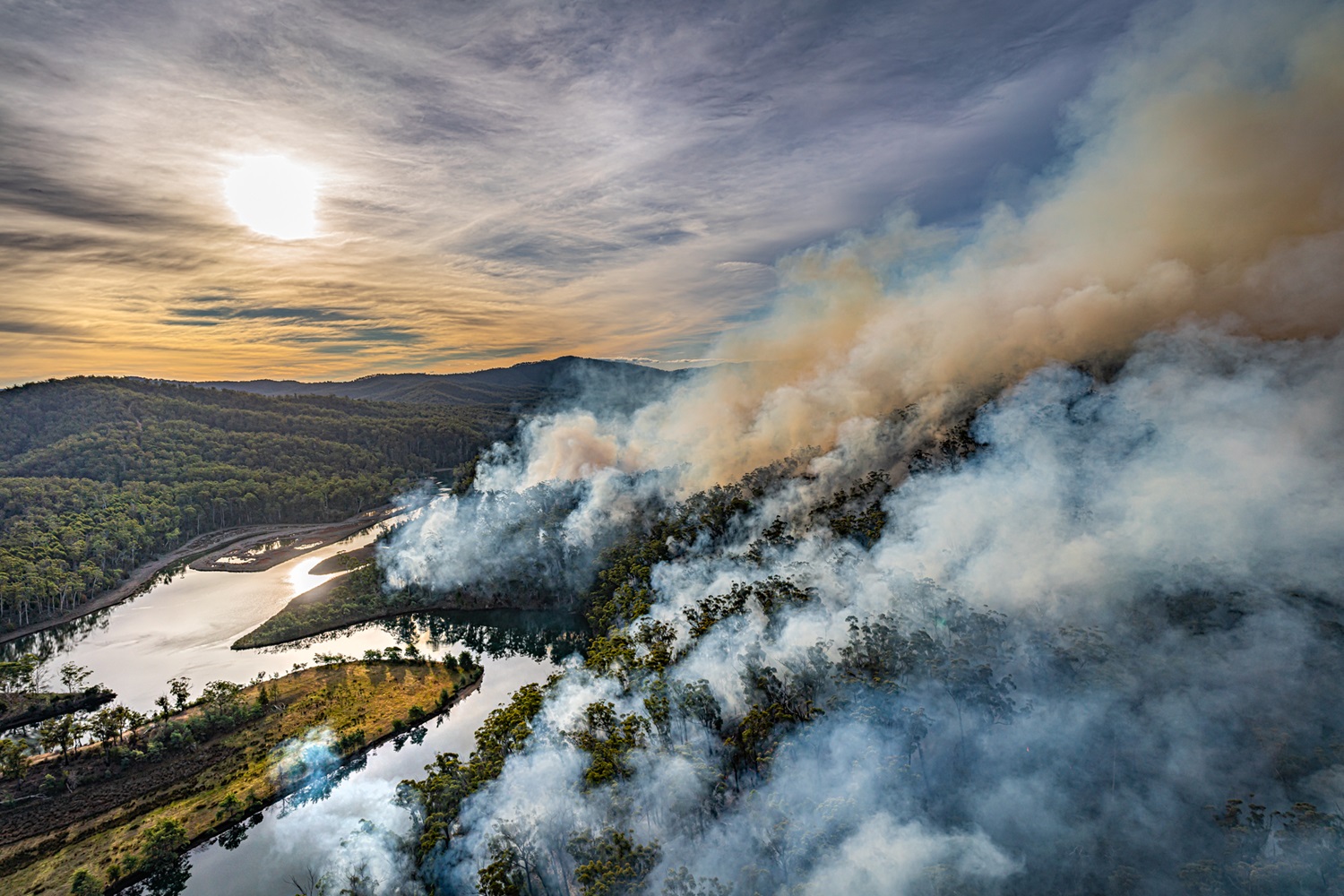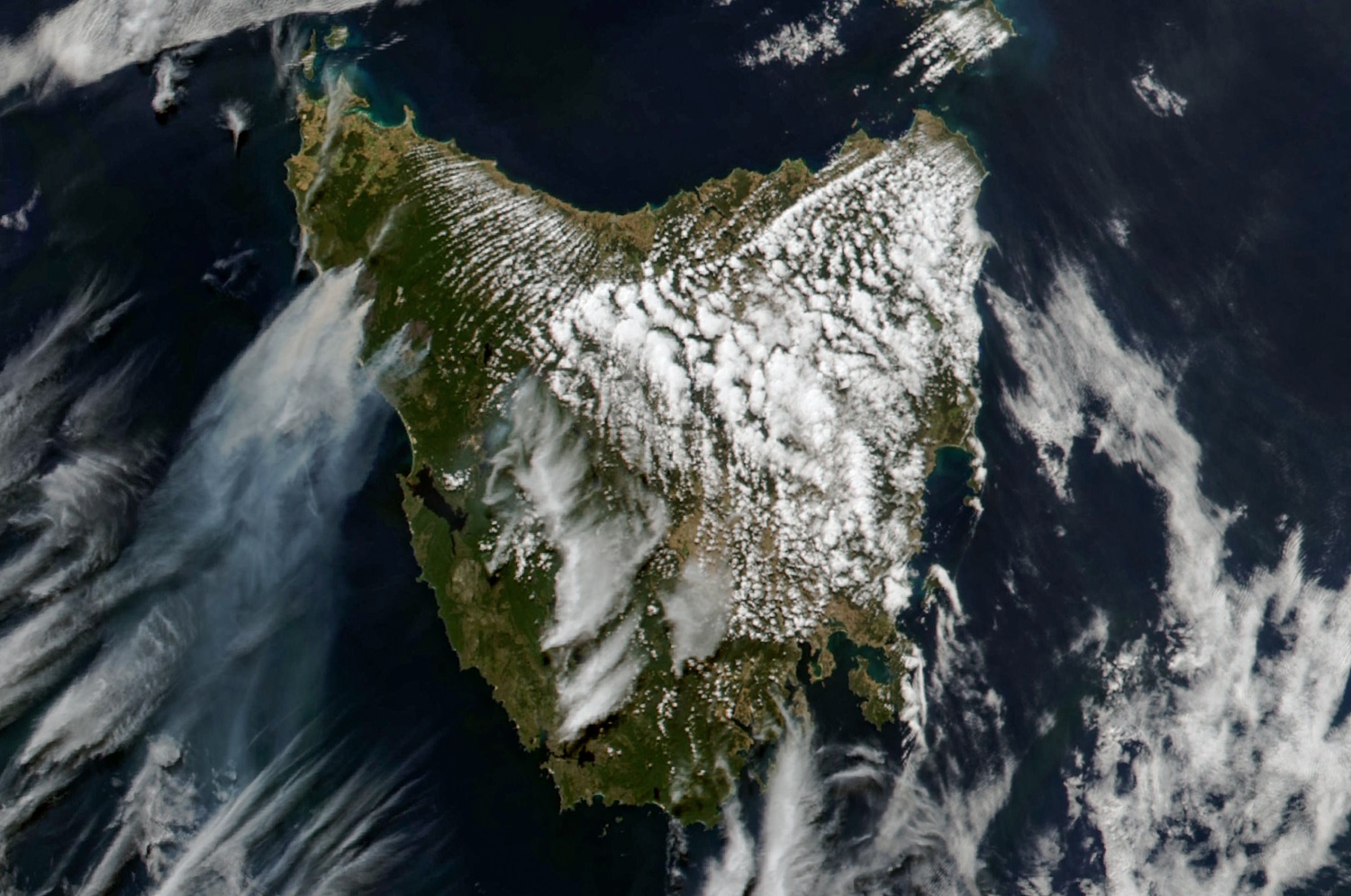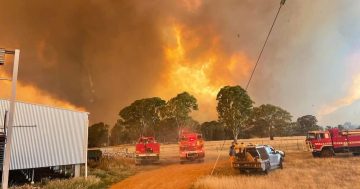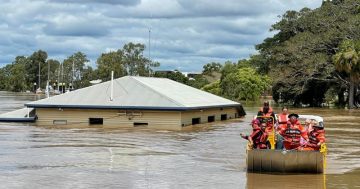
Councils will be able to access the funding. Photo: Tasmanian Parks and Wildlife Service.
The Federal and Tasmanian governments have announced they are working together to support communities affected by the ongoing bushfires on the state’s West Coast.
Jointly funded assistance under the Disaster Recovery Funding Arrangements (DRFA) will be available for local communities and councils in Circular Head, Kentish, Meander Valley, Waratah-Wynyard and West Coast.
Impacted residents in these local government areas are able to apply for a suite of jointly funded grants, including emergency assistance grants which provide funding to buy food, water and other essential items, while recovery and restoration grants are available to support households to re-establish a principal place of residence to a basic, minimum standard.
Councils will be able to access funding to help clean up and undertake emergency repairs, as well as the reconstruction of essential public assets.
Federal Minister for Emergency Management Jenny McAllister said the Australian and Tasmanian governments were committed to supporting communities through this event and into recovery.
“I want to acknowledge the first responders and emergency personnel out there working hard to keep communities safe in very trying circumstances,” she said.
“This is an ongoing event and it will be some time before we know the full impacts, but we know that these bushfires have affected several communities across the state.
“We will continue to work closely with the Tasmanian Government to support Tasmanians.”
Tasmanian Premier Jeremy Rockliff thanked emergency responders, including interstate and international teams deployed to assist in the response, for their efforts to keep communities safe.
“We will continue to work with all levels of government and across government agencies to ensure that we can get the best response for the community in these difficult circumstances,” he said.
“I thank the Australian Government for their commitment to support Tasmanian communities in the recovery process. We will continue to work together to support impacted communities.”
For more recovery information on the West Coast bushfires, including information on the emergency assistance grants, visit www.TasRECOVERY.com, while information on disaster assistance can be found on the Australian Government’s Disaster Assist website at www.disasterassist.gov.au.
In better news from the fires, an ancient stand of 3000-year-old Huon pine trees and several high-conservation stands of ancient trees have been confirmed to be intact and undamaged by the bushfires.
Tasmanian Minister for Parks Nick Duigan said while bushfires had been devastating for the West Coast, this news would provide some relief.
“A team of natural values specialists from the Department of Natural Resources and Environment Tasmania conducted an aerial assessment of impacts of the Yellowband Creek bushfire, and were relieved to see the trees intact,” he said.

A satellite image shows smoke billowing from the western Tasmania fires. Photo: NASA.
The assessment of the ancient stands comprised a low-level helicopter flight of the length of the Harman and Wilson rivers to observe impacted vegetation, with NRE Tas senior ecologist Steve Leonard confirming the Huon pines along both rivers remained intact.
“The only impacts on Huon pine observed were a handful of scorched trees on the lower Harman River, which are outside of the main Huon pine stand. There is also a reasonable chance that these trees will survive,” Dr Leonard said.
He also said impact to the rainforest Yellowband Plain fireground was found to be minimal.
“We were pretty excited after flying through the landscape to come to this island of intact forest and see these magnificent old trees,” he said.
“These Huon pine forests have immense conservation significance, so their survival through this bushfire is a great outcome.”




